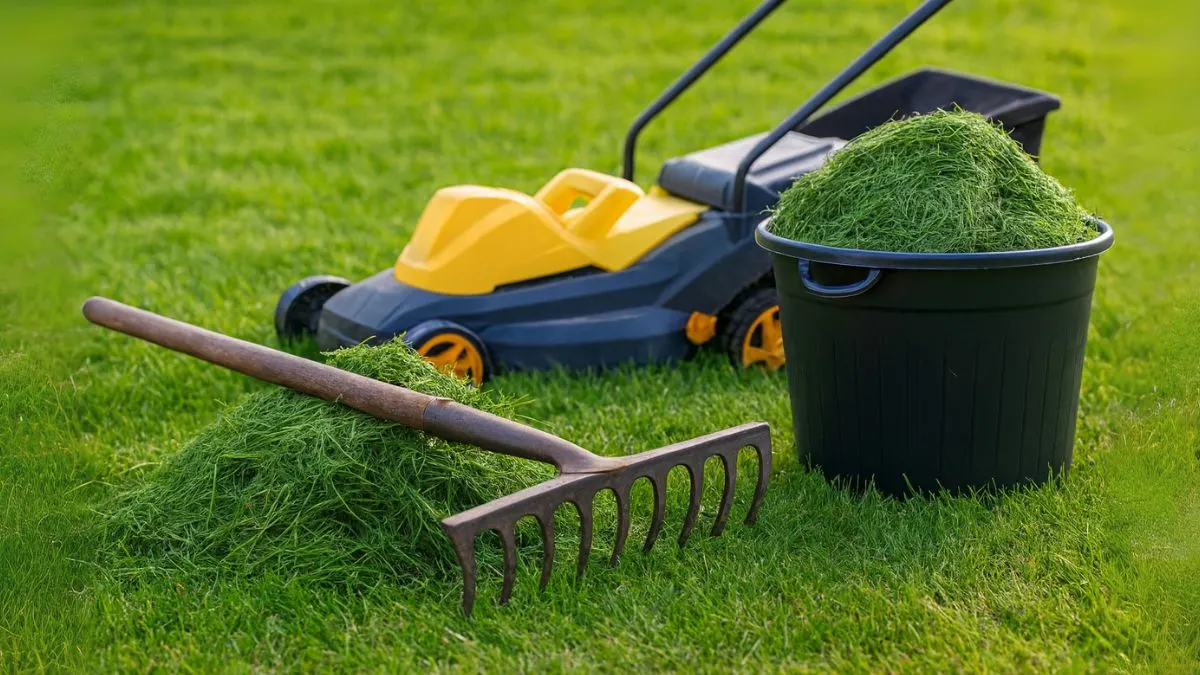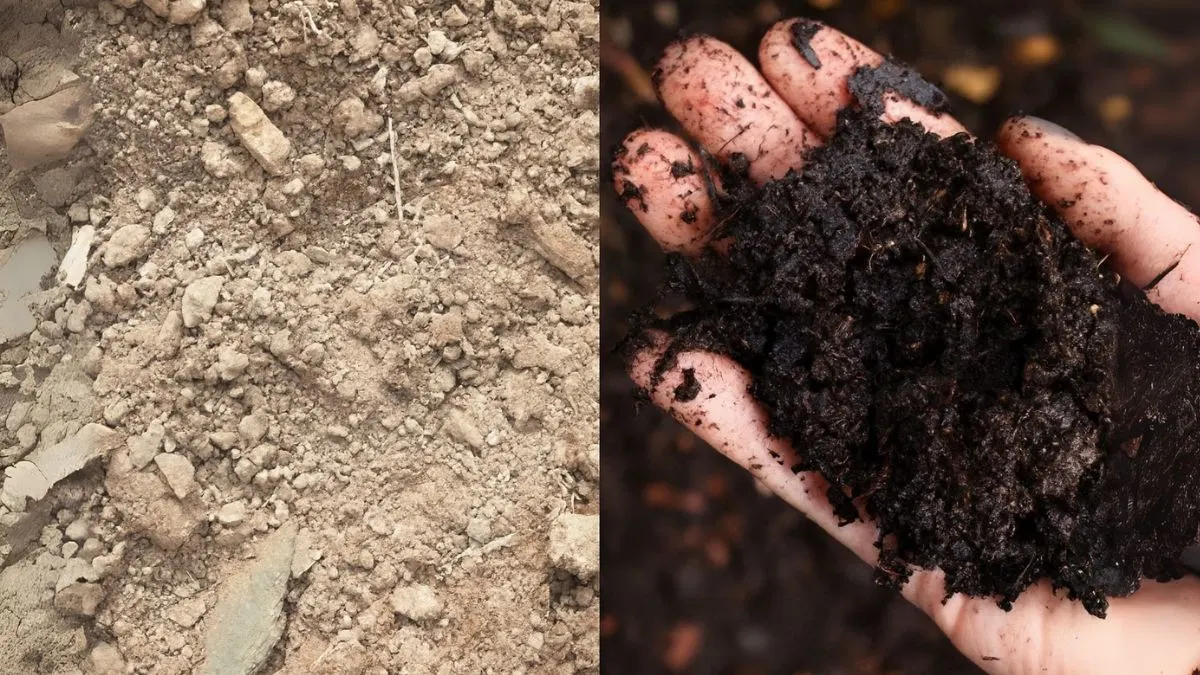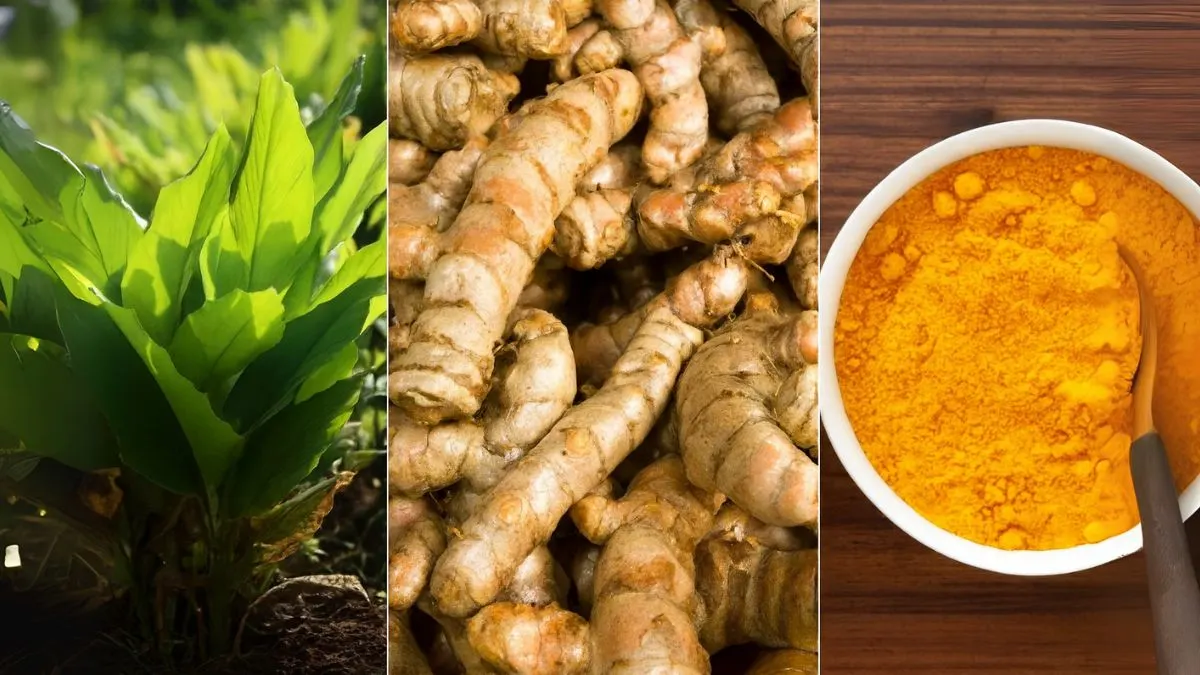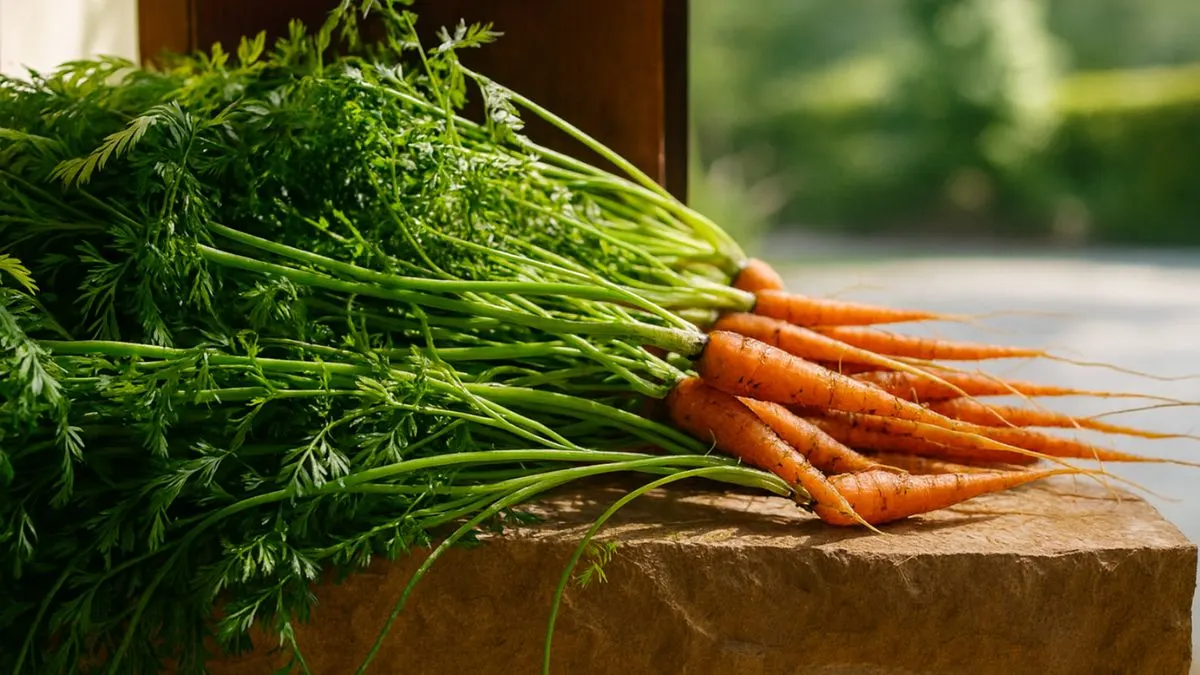Most people bag up their grass clippings after mowing, never realising they’re throwing away a free, nutrient-rich garden booster. In my early gardening days in Toronto, I used to do the same—until a seasoned neighbour told me, “Don’t waste it! That’s green gold.”
Today, I never let a mowing session go by without reusing those clippings. And for good reason: they can be used as mulch, a natural fertilizer, and improve soil health while also cutting down on garden maintenance.
1. Grass Clippings as Mulch
One of the most popular uses is as mulch. Grass cuttings can be used as mulch that is good for plants and keeps weeds down. When spread around plants, clippings form a natural layer that blocks sunlight from reaching weed seeds, preventing them from sprouting.
Mulch Benefits
- Keeps the weeds down and don’t have to water as often because the mulch retains soil moisture.
- Creates a neat, well-kept garden appearance.
- Regulates soil temperature, protecting roots from heat in summer and cold in winter.
In my vegetable beds, mulching with clippings has reduced my weeding time by at least 60%. It’s an effortless way to keep the garden tidy.

2. A Natural Fertilizer for Thriving Plants
Grass clippings break down quickly, releasing nutrients into the soil. This makes them a natural fertilizer you don’t have to buy.
The benefits are that the grass clippings will return plant material to your garden soil, boosting nutrient content and feeding beneficial microbes.
| Nutrient | Role in Plant Health | How Grass Clippings Help |
| Nitrogen | Promotes lush, green growth | Grass clippings are a great source of nitrogen |
| Potassium | Strengthens root systems | Released during decomposition |
| Phosphorus | Aids in flowering and fruiting | Naturally present in clippings |
Whether you’re growing tomatoes, peppers, or perennials, this natural feeding method works for a wide range of plants.
3. Improving Soil Health
Beyond fertilizing, clippings also help improve soil health over time. As they decompose, they add organic matter that enhances soil texture, making it easier for roots to spread and absorb water.
In clay-heavy soil (common in parts of the USA and Canada), adding organic matter from clippings improves drainage and prevents compaction. In sandy soil, it increases water retention—an absolute lifesaver during hot summers.
Also Read: Low-Maintenance, High-Flavor: Perennial Herbs for Endless Harvests
4. How to Apply Grass Clippings in the Garden
There are two main ways to use them:
As Fresh Mulch
- Spread a thin layer (about 1 inch) around plants.
- Avoid piling too thickly to prevent matting, which can block air circulation.
As Composted Material
- Add to your compost pile, mixing with dry materials like leaves or straw.
- In 4–6 weeks, you’ll have nutrient-rich compost ready for your beds.
Personally, I prefer fresh mulch for quick weed control and composting for long-term soil building.
5. Plants That Benefit the Most
While most plants enjoy the boost, some respond exceptionally well.
- Tomatoes & Peppers
These heavy feeders thrive when given a great source of nitrogen early in the growing season. It encourages lush leaf growth and better fruit production. - Perennials
Mulching with clippings around lavender, daylilies, and roses helps keep soil cool and moist, reducing summer stress. - Vegetable Beds
Fast-growing crops like lettuce and spinach benefit from the steady nutrient release and weed suppression.
6. Eco-Friendly and Cost-Free
Reusing clippings means less garden waste going to landfills and fewer store-bought fertilizers. It’s an environmentally conscious choice that also saves money.
When you think about it, mowing your lawn is essentially harvesting a crop you can immediately use in your garden—a closed-loop system that works beautifully.
Also Read: Big, Bushy Basil—Even in Small Pots!
7. Tips for Safe and Effective Use
- Skip treated lawns: Don’t use clippings from lawns treated with herbicides or pesticides.
- Dry before using: If applying a thick layer, let clippings dry for a day to prevent odor and matting.
- Rotate application areas: This ensures an even distribution of nutrients throughout your garden.
Green Waste into Green Wealth
Once you understand the value of grass clippings, you’ll never throw them away again.
Remember:
- They can be used as mulch, a natural fertilizer, and improve soil health
- Grass cuttings can be used as mulch that is good for plants and keeps weeds down
- Grass clippings are a great source of nitrogen
- The benefits are that the grass clippings will return plant material to your garden soil
- Keeps the weeds down and don’t have to water as often
From my own experience, these humble clippings can transform your garden with little effort and no cost. Next time you mow, keep the green gold — your plants will thank you.
Click here to read more such blogs on the Toronto Garden Book!



